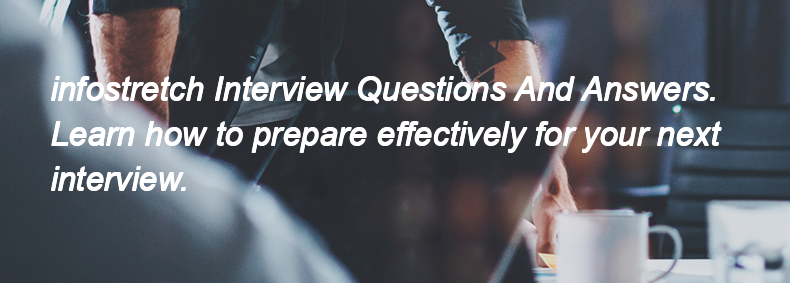Ques:- How you are testing your application?
Asked In :-
Happiest Minds Technologies Pvt., Mobio Solutions, SOFTWAREGEN TECHNOLOGIES, INATECH INFOSOLUTIONS, Code Board Technology, WAEC, Cron-J, MountBlue Technologies, ITH Technologies (Infotech HUB), Zalando,
Right Answer:
I test my Django application using a combination of unit tests, integration tests, and functional tests. I utilize Django's built-in testing framework, which allows me to write test cases for models, views, and forms. Additionally, I use tools like pytest for more advanced testing features and coverage reports. For end-to-end testing, I may use Selenium or Django's test client to simulate user interactions.
I test my Django application using a combination of unit tests, integration tests, and functional tests. I utilize Django's built-in testing framework, which allows me to write test cases for models, views, and forms. Additionally, I use tools like pytest for more advanced testing features and coverage reports. For end-to-end testing, I may use Selenium or Django's test client to simulate user interactions.

